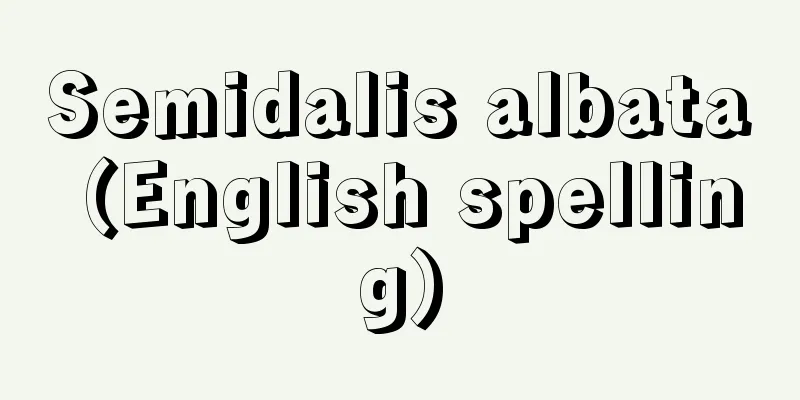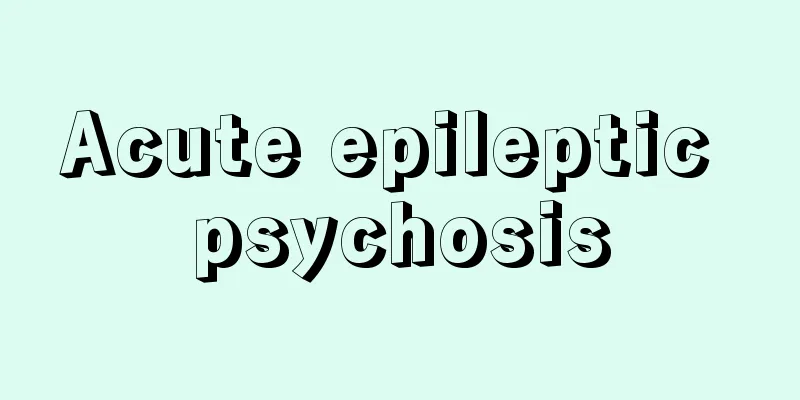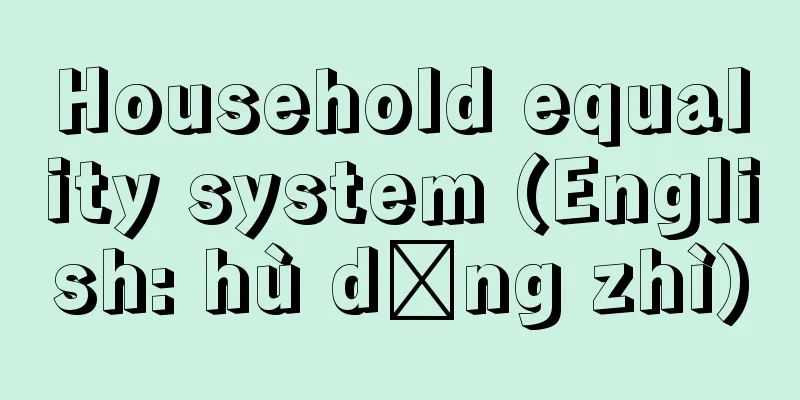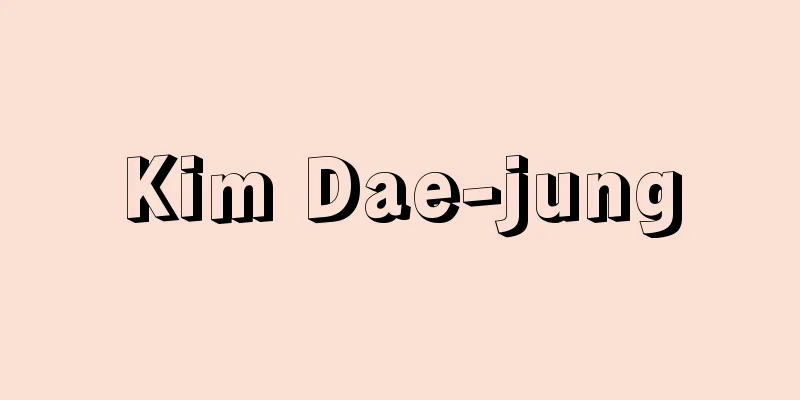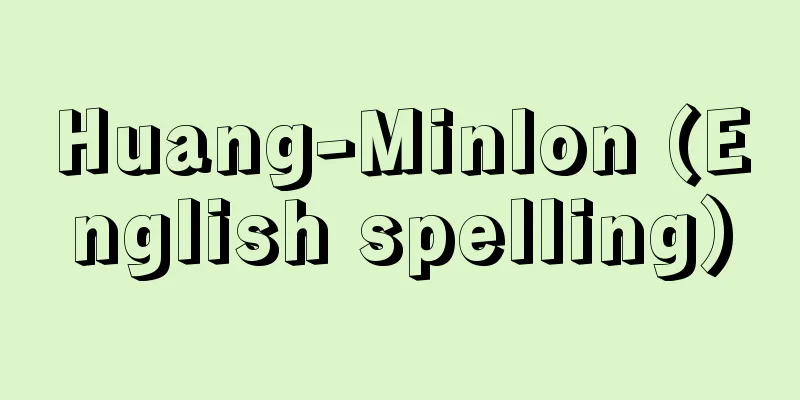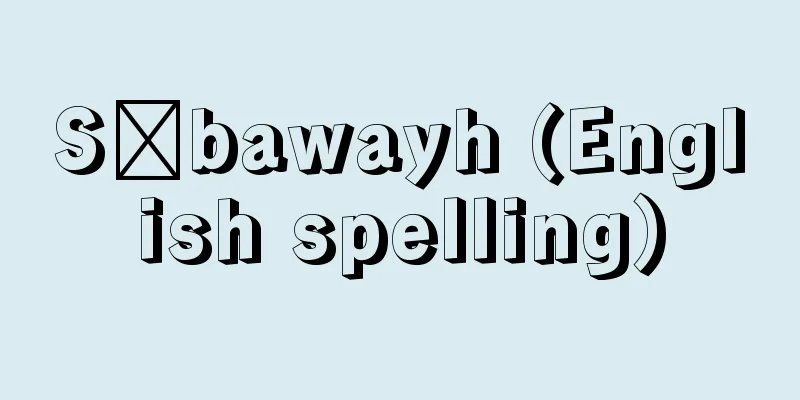Yakai Incident

|
On the night of January 24, 1951, an elderly couple living in Hakkai, Ogo Village, Kumage County, Yamaguchi Prefecture (now Tabuse Town), was murdered in their home and their money stolen. This case is known for a major trial that lasted a total of 17 years and 8 months, with seven trials in total. Akira Yoshioka, a wood-paper manufacturer from the same village, was arrested as the culprit, and five others, including laborer Shuhei Ato, were also arrested (one was released the next day). The five were indicted on suspicion of robbery and murder, but in court, the four other than Yoshioka denied the crime and strongly maintained their innocence throughout. In June 1952, the Iwakuni branch of the Yamaguchi District Court found the crime to be a joint crime among the five, sentenced Ato to death, and the other four to life imprisonment. In September 1953, the Hiroshima High Court, which conducted the second trial, mostly upheld the first trial verdict. Yoshioka served time in prison at this stage, but the other four appealed, and on October 15, 1957, the Supreme Court overturned the original verdict, citing suspicions of factual error. The Hiroshima High Court then retried the case, and on September 23, 1959, acquitted all of them. This time, the prosecution appealed, and on May 19, 1962, the Supreme Court again overturned the original verdict. The Hiroshima High Court then retried the case a third time, and on August 30, 1965, again handed down a guilty verdict for all, including the death penalty for Atou. Atou and the others appealed, and on October 25, 1968, the Supreme Court finally allowed the appeal, overturned the original verdict, and acquitted all the defendants. The trial of the Yakai Incident was extremely unusual in that it went back and forth between the high court and the Supreme Court three times, with the outcome changing from death penalty to acquittal to death penalty to acquittal. In 1955, defense lawyer Masaki Hiroshi published a book criticizing the trial, titled "Judge," and the following year, 1956, a film titled "Darkness at Noon" (directed by Imai Tadashi) was even made. At one point, then Chief Justice of the Supreme Court Tanaka Kotaro admonished the judges, saying, "Don't turn a deaf ear to the noise of the world," which attracted public attention as it sparked a debate criticizing the trial. [Haruo Nishihara] "The Hakkai Trial - 18 Years of Guilt and Innocence" by Masaki Hiroshi (Chuko Shinsho)" ▽ "The Hakkai Incident" by Masaki Hiroshi (1983, Sanseido) Source: Shogakukan Encyclopedia Nipponica About Encyclopedia Nipponica Information | Legend |
|
1951年(昭和26)1月24日夜、山口県熊毛(くまげ)郡麻郷(おごう)村(現田布施(たぶせ)町)八海に住む老夫婦が自宅で殺され金を盗まれた事件。通算7度、延々17年8か月に及ぶ大裁判で知られる。犯人として同村の経木製造業吉岡晃(あきら)が逮捕され、さらに人夫の阿藤周平以下5人が逮捕された(1人は翌日釈放)。5人は強盗殺人の疑いで起訴されたが、公判廷では吉岡以外の4人が犯行を否認し、終始無罪を強く主張した。52年6月第一審山口地裁岩国支部は事件を5人の共同犯行と認め、阿藤に対し死刑、他の4人に対して無期懲役を言い渡した。第二審の広島高裁も53年9月ほぼ一審判決を支持した。吉岡はこの段階で服役したが、他の4人はさらに上告、最高裁は57年10月15日、原判決には事実誤認の疑いがあるとしてこれを破棄した。そこで広島高裁は事件の審理をやり直し、59年9月23日、全員無罪の言渡しをした。今度は検察側が上告し、最高裁は62年5月19日、この原判決をふたたび破棄した。そこで、広島高裁は三たび事件を審理し、65年8月30日、またもや阿藤の死刑を含む全員有罪の判決を言い渡した。これに対し阿藤らは上告し、最高裁は68年10月25日、ようやくこの上告を認め、原判決を破棄し、被告人全員に無罪を言い渡した。 この八海事件の裁判は、高裁と最高裁の間を3度往復し、死刑→無罪→死刑→無罪と結論が変遷した点で非常に珍しいばかりでなく、1955年、弁護人の正木ひろしが著書『裁判官』を出版してこの裁判を批判し、翌56年には映画『真昼の暗黒』(監督今井正)までが製作されたのに対し、当時の田中耕太郎最高裁長官が「世間の雑音に耳をかすな」と裁判官に訓示する一幕もあり、裁判批判論争のきっかけになった点でも世間の注目を浴びた。 [西原春夫] 『正木ひろし著『八海裁判――有罪と無罪の十八年』(中公新書)』▽『正木ひろし著『八海事件』(1983・三省堂)』 出典 小学館 日本大百科全書(ニッポニカ)日本大百科全書(ニッポニカ)について 情報 | 凡例 |
>>: Outdoor theater - Yagaigeki
Recommend
Utazawa Sagami
...With her natural beautiful voice and talent, s...
Eucomis punctata (English spelling)
…[Tora Saburo Kawabata]. … *Some of the terminolo...
Satsumon pottery
Iron Age pottery found in Hokkaido and the norther...
Writing model - bunshokihan
A collection of prose from the Song dynasty in Ch...
Kokre Culture - Kokre Culture
A pre-Hispanic culture in Panama. It flourished fr...
Inheritance of the family headship
This refers to an inheritance in which one person...
Jungle gym - Jungle gym (English spelling) junglegym
A playground equipment for children, consisting o...
Port
…A naval port and resort town on the southeast co...
Guillaume de Sens - Guillaume de Sens
…Durham Cathedral, begun in 1093, is considered t...
Huan Tan - Easy
A Chinese thinker from the early Later Han Dynast...
pK - PK
When a chemical reaction reaches equilibrium, and ...
Japanese monkey (English spelling)
A monkey found in Honshu, Shikoku, Kyushu and the ...
Champassak
…1713-1947. As its name suggests, Champassak in s...
Kakubei Lion
Lion dance is an acrobatics performed by boys and...
Fú lǐn (English spelling)
The name used by Chinese people from the Northern ...


